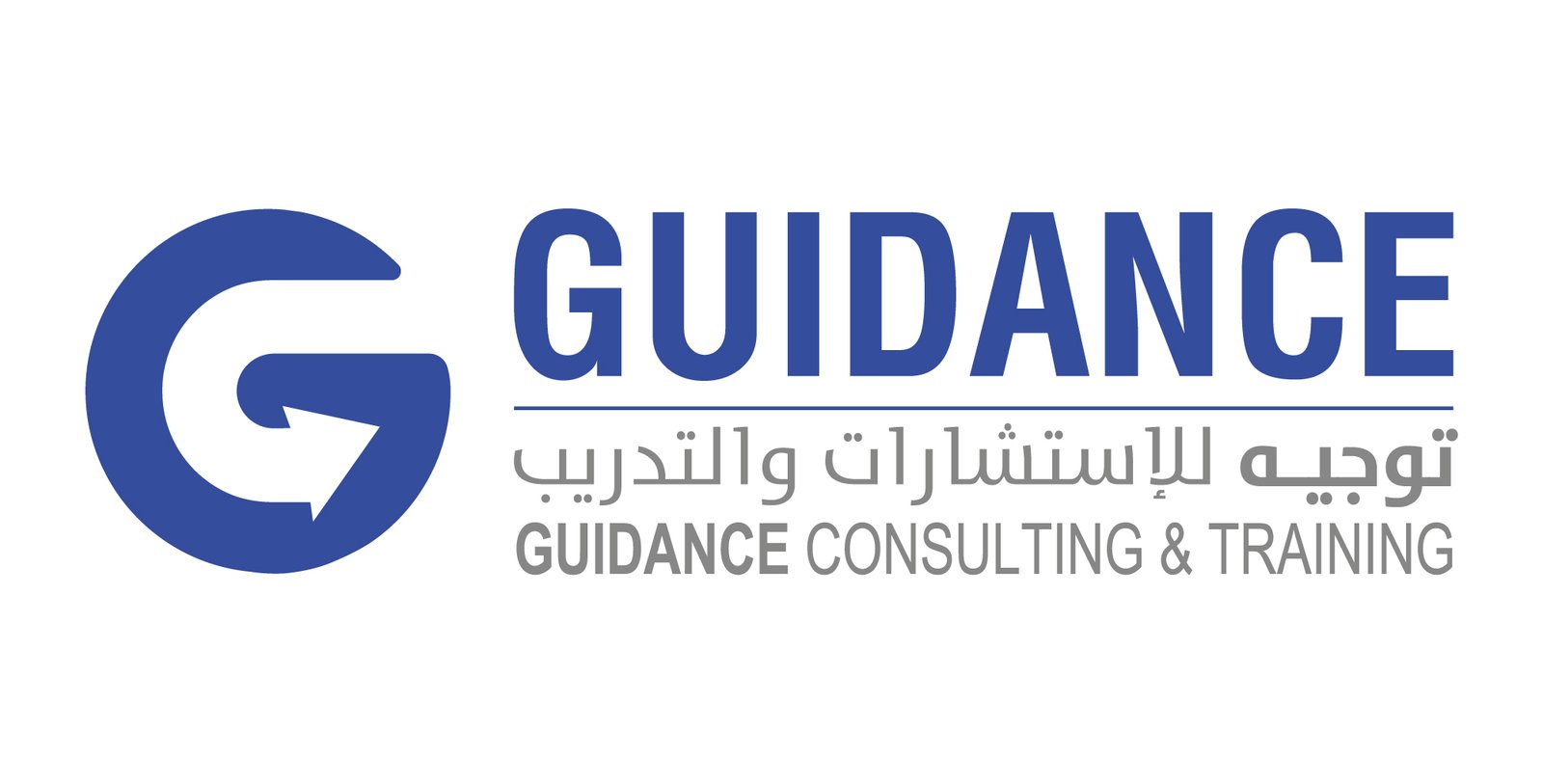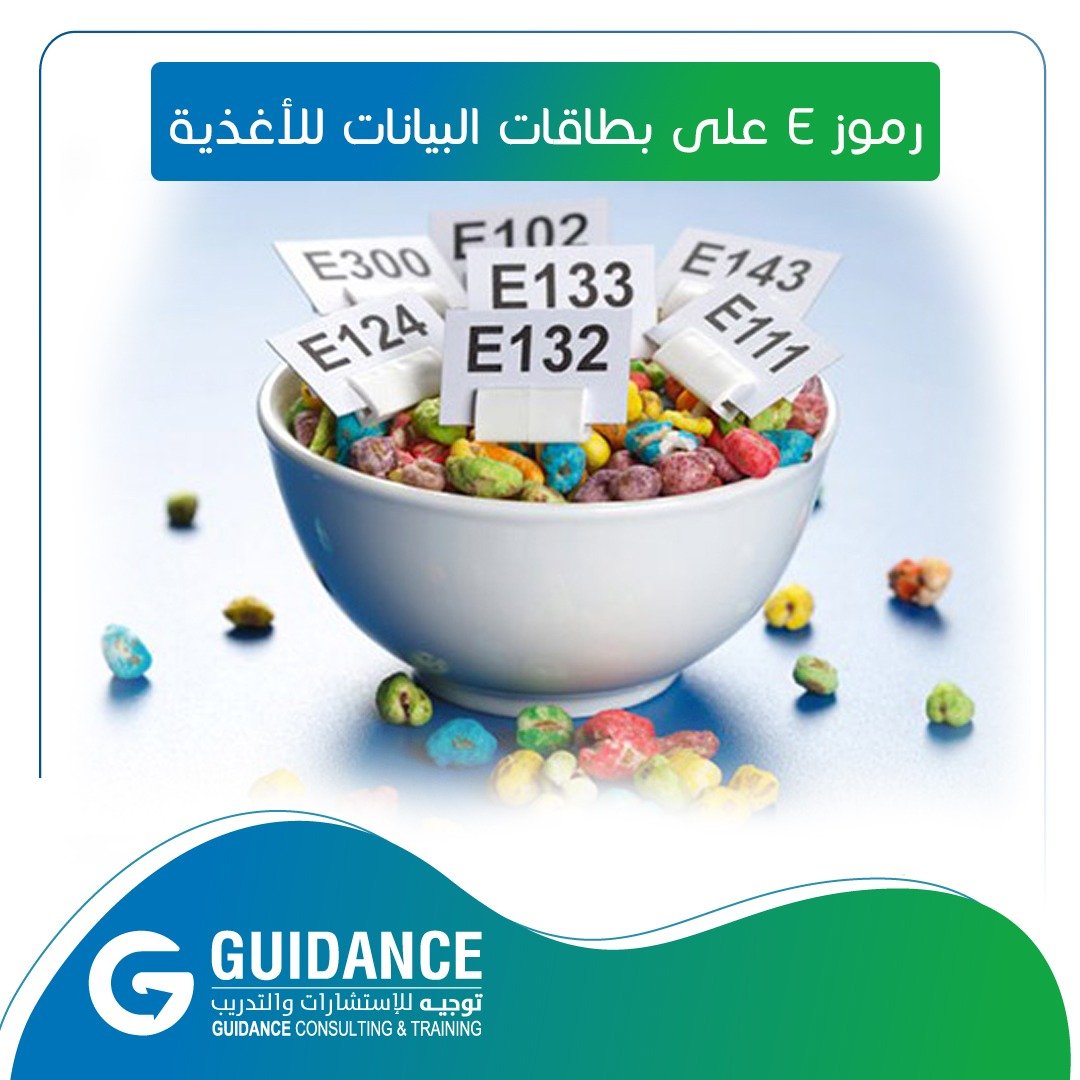E codes on food labels
When we buy any product and read its ingredients, we always find them written in symbols consisting of the letter (E) and some numbers next to it, and we start to wonder what these numbers are. We also often find posts on social media sites talking about these symbols meaning dangerous or carcinogenic substances or pork derivatives, therefore they are hidden according to what they claim. Is this true?
The truth is that E codes and numbers started as symbols for substances permitted to be used as food additives in the European Union and Switzerland. They are often on food product labels in European Union countries and have been used since 1962.
Now, E numbers are governed by the International Numbering System (INS), established by the United Nations Codex Alimentarius Commission. They are placed on product packaging in most countries such as Saudi Arabia, the Gulf Cooperation Council, Arab countries, Australia, New York City, South Africa, and New Zealand. They are rarely used in North American countries (Canada and America) but in imported European products.
Some companies boast that their products are “free of E numbers” on the basis that all their ingredients are natural, but this is not true, because there are many natural food ingredients that have E numbers, such as vitamin (C) with the symbol (E300) and lycopene, which is a natural substance found in tomatoes with the symbol (E160d), we must know that there are harmful food additives when eating a lot of foods that contain them.
Now the numbers of food additives are arranged in a way that facilitates their classification as follows:
1 – The numbers from (E100 – E199) are specific to food additives, and within this range, they have been divided according to their color into ranges of numbers as follows:
From 100 to 109: Yellow colorants
From 110 to 119: Orange
From 120 to 129: Red
From 130 to 139: Blue and purple
From 140 to 149: Green
From 150 to 159: Brown and black
From 160 to 199: Gold and other colors
2 – The numbers from (E200-E299) are specific to preservatives, and this field is divided like the previous division. For example, the numbers from 200 to 209 are specific to sorbate (acid and its various salts), a preservative widely used in cheese and baked goods, and so on for the rest of the preservatives.
3 – From (E300-E399) Antioxidants and acidity regulators
4 – From (E400-E499) Stabilizers, thickeners, and emulsifiers
5 – From (E500-E599) Anti-caking agents and pH regulators “differ from acidity regulators in that they regulate acidity and alkalinity”
6 – From (E600-E699) Flavor enhancers
7 – From (E700-E799) Antibiotics
8 – From (E900-E999) Other materials
9 – From (E1100-E1599): Chemical additives
Guidance for consultation and training
We have the knowledge and experience to qualify institutions and individuals to comply with the requirements of the Saudi Standards, Quality and Environment Organization, the Saudi Food and Drug Authority, and other entities that impose legal and mandatory requirements in the Saudi market to achieve quality and the Kingdom’s Vision 2030.
To qualify your facility, train its personnel and fulfill the required documents to implement the quality and ISO systems.


